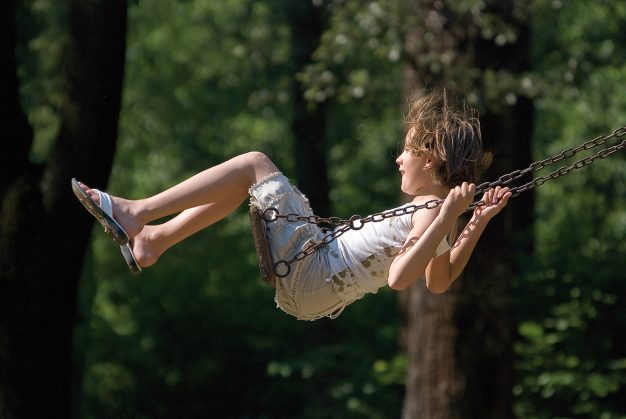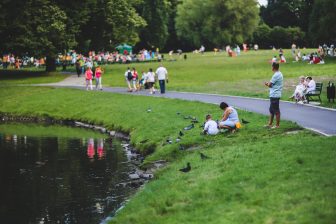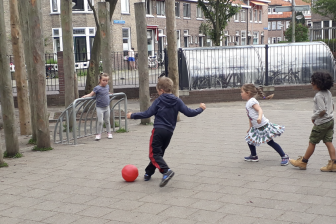
8 ways to create activities for children in a safe environment – part 3
The described methodology of organising activities for children in free, safe and inclusive environments was the outcome of the “Playground Without Borders” project. The project that took place in Tschierv, Switzerland (2014) aimed to gather organisations working with children in a joint project with the idea to create a week-long programme for children fostering education, creativity and inclusion in drug-free environments.
Here are 8 steps on how to do that (continued):
3. Dynamics of the organising team: Organisation and communication
What is the team that you have at hand? Are they motivated and on board with the idea?
– Build a structure for implementing the activities
It is better to know that you can count on three people than to presume that you can count on thirty.
The best way to familiarise the potential team members with the activity is to organise a small workshop/presentation/meeting. Your potential team members can be found among your co-workers, volunteers, partners from another organisation, youth leaders, parents …
Keep your presentation simple. The idea is to give the audience a sense of your activity and the reason behind it, and at the same time to motivate them to give feedback and to engage themselves. Regardless of whether or not the team engagement offers a monetary compensation, you should aim to create a good feeling about the activity and present it as an opportunity for them to contribute to the content.
After the presentation, make sure that you have a list of people who are interested to continue working on the event, their interests and time availability. Follow up with a meeting where you plan further, in more detail, and understand the comments and suggestions that the team has for the idea. Conclude with having a timeframe and a common understanding of where you are headed with the event.
– Create a list of terms and rules (communicated orally or in writing) for the management of the team
Setting these terms and rules is just as important as setting the “rules of the house” for the children. In this case, you do not have to have the rules in writing: they can also be communicated orally. The terms and rules will help you to create a clear view of how the activity will be managed, who is responding to whom and who takes responsibility for the different parts of the event.
– Determine rules and responsibilities for the team (a workshop contract)
Aside from setting the general rules, it is useful to set the rules and responsibilities for each individual. If the individual is supposed to be partially involved, or has the responsibility for one session or workshop throughout the activity, then it would be good to specify the expectations and to set what is needed and what can be offered. Knowing the expectations can bring value to the team, and at the same time it can enable the individual to have a clear view and control of his or her efforts and contributions. To be continued..
Author: Vasilka Lalevska
Reference:
1st part Detailing: https://www.childinthecity.org/2016/02/08/8-ways-to-create-activities-for-children-in-a-safe-environment/
2nd part Organisation/Logistical preparation: https://www.childinthecity.org/2016/02/12/8-ways-to-create-activities-for-children-in-a-safe-environment-2/




